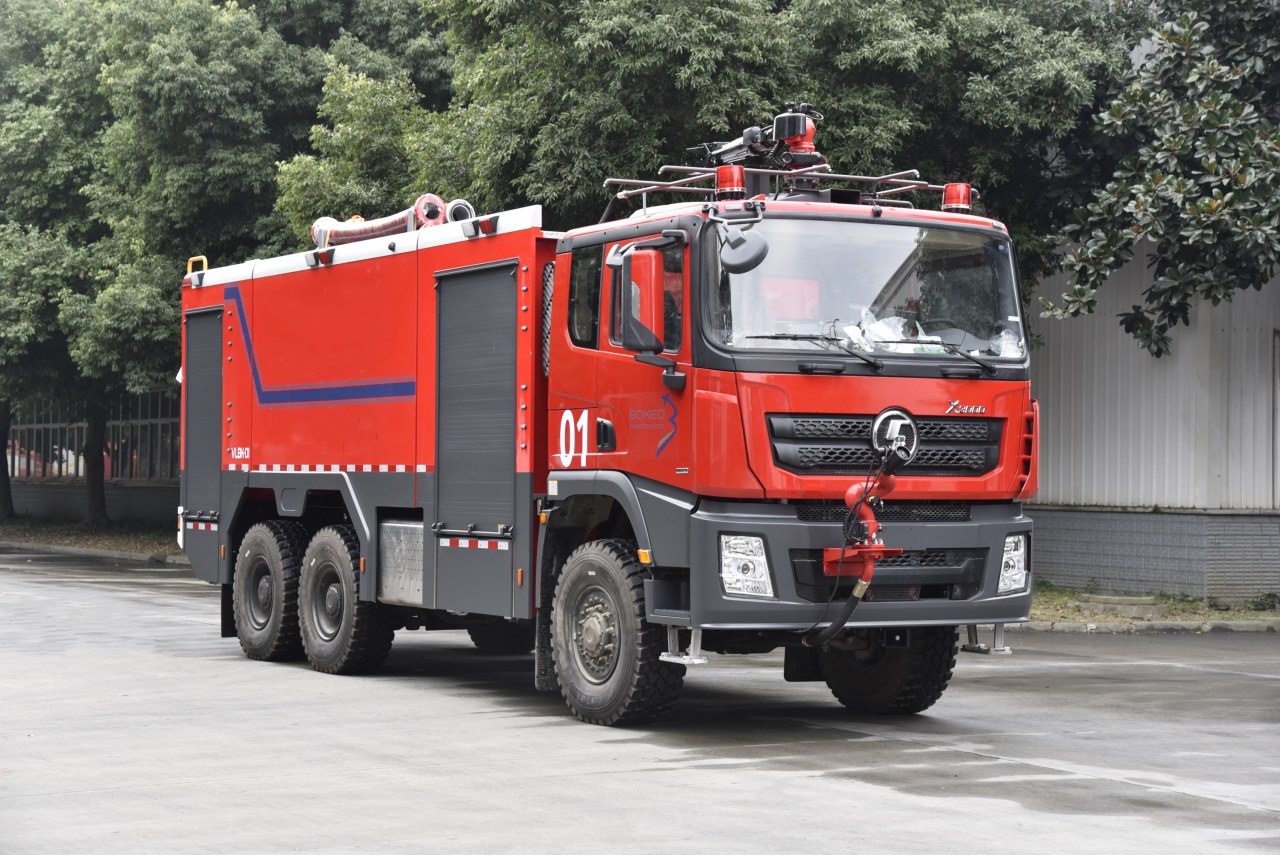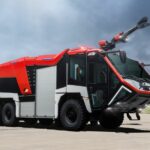Air travel is 1 of the safest modes of transportation in the modern world, thanks to rigorous safety standards and well-coordinated emergency response systems. One critical component of airport safety is ARFF—Aircraft Rescue and Firefighting. While the acronym may not be familiar to many travelers, ARFF units play an essential role in ensuring the safety of passengers, flight crews, and airport infrastructure. This article delves into what ARFF is, how it operates, and why it is a vital function at any airport.
What is ARFF?
ARFF stands for Aircraft Rescue and Firefighting. It refers to a specialized category of emergency services dedicated to responding to aircraft-related incidents and emergencies at airports. ARFF services are staffed by trained firefighters who possess the knowledge, equipment, and techniques required to handle aviation-specific emergencies.
Unlike municipal fire departments, ARFF units are governed by national and international aviation authorities such as the Federal Aviation Administration (FAA) in the United States or the International Civil Aviation Organization (ICAO) globally. These authorities set strict regulations and standards that ARFF units must meet to operate at certified airports.

The Primary Functions of ARFF
ARFF’s primary mission is to respond rapidly and effectively to aircraft emergencies to save lives, protect property, and minimize the disruption of airport operations. Here are the core functions of ARFF at an airport:
1. Emergency Response to Aircraft Incidents
The most visible and critical role of ARFF is responding to aircraft emergencies, including:
- Aircraft crashes or hard landings
- Engine fires or fuel leaks
- Onboard fires (electrical, cabin, cargo)
- Landing gear malfunctions
- Evacuation assistance
ARFF units are trained to arrive at the scene within 3 minutes or less, as stipulated by ICAO standards. Their swift response can be the difference between life and death in many emergency scenarios.
2. Fire Suppression
Aircraft fires are uniquely dangerous due to the presence of jet fuel and complex onboard systems. ARFF personnel use specialized firefighting vehicles equipped with foam, dry chemical agents, and water to suppress fires quickly. These agents are chosen for their ability to smother fuel fires and cool down burning structures effectively.
Fire suppression may also involve preventing a fire from spreading to fuel tanks or surrounding airport facilities, thereby reducing collateral damage.
3. Rescue Operations
In the event of a crash or emergency landing, ARFF teams are responsible for extracting passengers and crew from the aircraft. This can involve:
- Forcing open jammed doors or emergency exits
- Cutting through the aircraft fuselage using hydraulic tools
- Assisting passengers down slides or ladders
- Triage and first aid before ambulance arrival
Their goal is to evacuate and stabilize victims as efficiently and safely as possible.
4. Medical Assistance and Triage
Many ARFF personnel are also Emergency Medical Technicians (EMTs) or trained in basic life support. They provide initial medical aid to injured individuals before transferring them to local hospitals. In mass casualty incidents, ARFF teams also perform triage to prioritize treatment based on the severity of injuries.
5. Standby for Emergency Landings
When an in-flight emergency is declared, such as hydraulic failure, landing gear issues, or smoke in the cockpit, ARFF crews go on high alert. They position themselves near the runway to respond instantly if the aircraft requires assistance upon landing. Their presence provides an added layer of safety and reassurance for the flight crew and passengers.
6. Training and Drills
ARFF personnel must undergo regular training to stay proficient in aircraft firefighting tactics, rescue techniques, and emergency medical care. Airports also conduct live drills and simulations, sometimes in collaboration with airline staff and air traffic controllers, to ensure coordinated response during actual emergencies.
Training often includes:
- Fuel fire suppression
- Aircraft evacuation scenarios
- Hazardous materials response
- Communication and coordination protocols
7. Hazardous Materials Response
Aircraft can carry a variety of hazardous materials, including batteries, chemicals, and fuels. ARFF teams are trained to identify and handle these substances safely, mitigating the risk of explosion, toxic exposure, or environmental damage.
8. Airport Fire Protection
Aside from aircraft-specific incidents, ARFF services often cover fire protection for the entire airport, including terminals, hangars, fuel farms, and air traffic control towers. They may also assist local fire departments in broader emergencies on airport grounds.

ARFF Equipment and Vehicles
To fulfill their specialized role, ARFF units use high-performance fire trucks and tools built for rapid deployment and effectiveness in aviation scenarios. These vehicles, often called ARFF trucks or crash tenders, feature:
- All-wheel drive for off-road mobility
- High-capacity water tanks (often 3,000–4,000 gallons)
- Foam and dry chemical dispensing systems
- Roof and bumper turrets for high-volume spraying
- Rapid intervention tools like hydraulic cutters and spreaders
- Infrared cameras for locating heat sources through smoke
Some larger airports may also deploy Rapid Intervention Vehicles (RIVs), ambulances, and command units to manage complex emergencies.
Regulatory Standards and ARFF Categories
Airports are classified into different ARFF index levels based on the length of aircraft they typically serve. In the United States, the FAA classifies airports from Index A to E:
- Index A: Small aircraft (less than 90 feet)
- Index E: Large aircraft (over 200 feet)
Each index level requires a specific number of ARFF vehicles, personnel, and equipment based on the aircraft size and airport operations.
The ICAO, which oversees international aviation standards, has a similar system known as Aerodrome Category 1 to 10, with Category 10 being the highest, usually assigned to airports handling jumbo jets like the Airbus A380.

Challenges Faced by ARFF Units
Despite their preparedness, ARFF teams face several challenges:
- High-pressure decisions: Emergencies require instant action with minimal room for error.
- Unpredictable conditions: Weather, fuel spills, and unstable aircraft structures complicate rescue operations.
- Budget constraints: Some smaller airports struggle to meet ARFF staffing or equipment standards.
- Coordination with multiple agencies: ARFF must communicate seamlessly with air traffic control, airline operators, local police, and emergency medical services during incidents.
Conclusion
Aircraft Rescue and Firefighting (ARFF) is a cornerstone of aviation safety. These highly trained units stand ready to respond to the most dangerous and time-critical situations at airports, from runway crashes to in-flight emergencies. Their presence, expertise, and rapid response capabilities help save lives, limit damage, and maintain the smooth operation of air travel.
While passengers may never see them in action, the silent guardians of ARFF are always on standby, making air travel safer for everyone.








